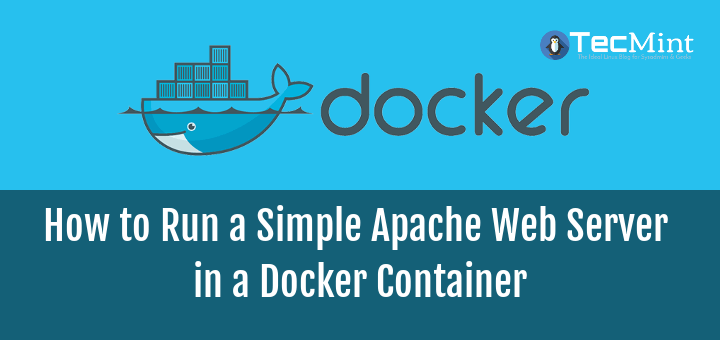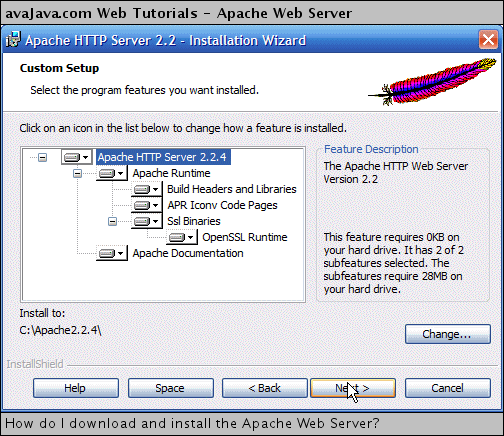

- Steps to download apache web server how to#
- Steps to download apache web server install#
- Steps to download apache web server software#
- Steps to download apache web server code#
Steps to download apache web server install#
There are a number of ways you can install Apache on Ubuntu. There are still more differences to be had, but you get the idea. In Ubuntu-based distributions, the configurations are in /etc/apache2/nf and /etc/apache2/sites-available/. In Red Hat-based distributions, much of your Apache configuration will happen in /etc/httpd/conf/nf. Another difference is where and how Apache is configured. For example, on Red Hat-based distributions, Apache is installed via the httpd package, whereas on Ubuntu-based distributions, the apache2 package will do the trick.

The reason why I have to specify what Linux distribution I’m using is because Ubuntu- and Red Hat-based variants Apache differently–from installation to configuration.
Steps to download apache web server software#
SEE: Telephone interview cheat sheet: Software developer (TechRepublic Premium) The difference between Apache on Ubuntu and Red Hat-based distributions I’ll be demonstrating on Ubuntu Server 20.04. Let’s walk through this, one step at a time. How do you install and configure the server? Where do you place files? Apache works seamlessly with MySQL, PHP, and a host of other packages, so you can serve up simple static or incredibly dynamic websites. This time it’s all about the Apache web server, a piece of software that’s been around for decades, happily serving up small and large websites without fail. It not only helps to ground me as a tech writer, but it helps a lot of people who are just learning the ropes of whatever piece of technology I’m talking about. It is very useful to make your website users download files instead of viewing them on their browsers, especially in case of zip files, binaries and executables that may not make sense if opened in browser.5 programming languages network architects should learn (free PDF)īehind the scenes: A day in the life of a database administratorĢ0 steps to decommission a redundant data center facilityġ7 Terminal commands every user should knowĮvery so often I find it good to take a step back and go through the basics. $ sudo service apache2 restartĪs you can see, it is very easy to force download of files in your website, using Apache server directives. htaccess file in a specific folder (/uploads) then forcible downloads will be applicable to only URLs pointing to that folder and its subfolders.
Steps to download apache web server code#
htaccess file in that folder and place the above code in it. Sometimes you may want to force download only for files in a specific directory/subfolder. htaccess file in your website root, then it will be applicable to all URLs on your website.

Please note, if you place the above code in. In the following example we use regex operator ‘|’ to imply ‘pdf or mp3 or avi’. avi, you may use regular expressions as shown below in bold. If you want to force download for multiple files types such as. >īoth Files & FilesMatch do the same thing but FilesMatch is preferred because it is more intuitive and has simpler syntax. You may also use Files tag instead of FilesMatch above. We also set its Content-Disposition header to be attachment for this purpose. It applies ForceType directive to all matching requests, which forces download in Apache server. In the above code, FilesMatch tag matches requests which end with. Header set Content-Disposition attachment In this case, add the following lines to your.

Let us say you want to force download for all. Open terminal and run the following command to open. Please enable mod_rewrite(.htaccess) on your Apache server before you proceed further. Here are the steps to force download in Apache server.
Steps to download apache web server how to#
In this article, we will look at how to force download in Apache server. This is especially required if your website hosts a lot of downloadable content. Sometimes you may need to force your website users to download a file instead of opening them in web browsers.


 0 kommentar(er)
0 kommentar(er)
